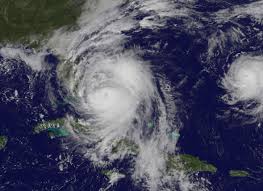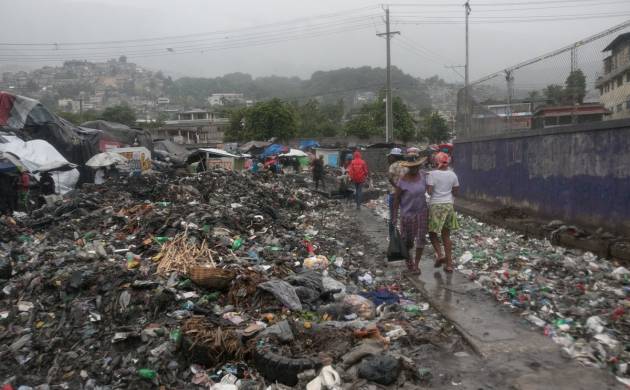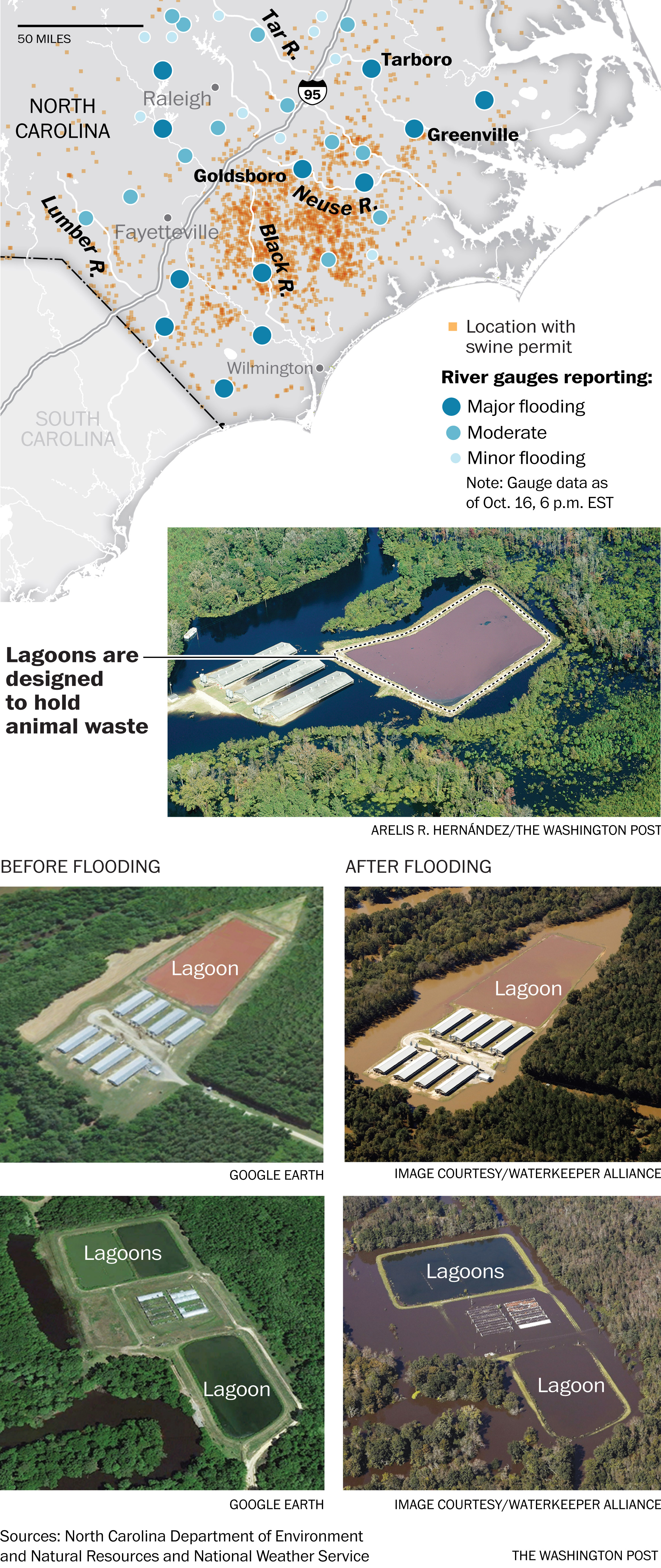
The previous three LOTRW posts took up the topic of environmental intelligence – addressing, tangentially, the state of the environmental intelligence community itself. The first provided a snapshot of the collaboration between NOAA and the larger Weather Enterprise. The second looked at the academic pipeline producing the stream of environmental intelligence analysts needed in the near future. The third considered what matters the most to any intelligence community: how attentive is the host society to the intelligence provided? Is it used to save lives? Build the economy? Protect critical ecosystem services? In sum, does it make a difference? Or is the host society oblivious to environmental intelligence, focused on other matters? Do the alerts and outlooks go unheeded?
The next several posts shift the focus from the environmental intelligence community of practice to what recent environmental intelligence has to tell us. What have we been learning over the past few months? What is the Earth system saying to mankind?
We start with Hurricane Matthew. Wikipedia offers this account: Hurricane Matthew was a very powerful, long-lived and deadly tropical cyclone which became the first Category 5 Atlantic hurricane since Hurricane Felix in 2007. The thirteenth named storm, fifth hurricane and second major hurricane of the active 2016 Atlantic hurricane season, Matthew wrought widespread destruction and catastrophic loss of life during its journey across the Western Atlantic, including parts of Haiti, Cuba, Dominican Republic and Lucayan Archipelago, the southeastern United States, and the Canadian Maritimes. Over 1,600 estimated deaths have been attributed to the storm, including 546 to 1,600 in Haiti, 1 in Colombia, 4 in the Dominican Republic, 1 in Saint Vincent and the Grenadines, and 49 in the United States, making it the deadliest Atlantic hurricane since Hurricane Stan in 2005, which killed more than 1,600 in Central America and Mexico. With the storm causing damages estimated in excess of $10.5 billion (USD), it was also the costliest Atlantic hurricane since Hurricane Sandy in 2012, as well as the tenth costliest Atlantic hurricane in history.
(The fuller text and other on-line accounts of Matthew merit a read.) Numbing statistics, but they reveal a simple story.
Matthew presented two faces.

To the poor, Matthew threatened life itself. It killed, and compromised public health, and drove home to the survivors a message that life might not be worth living. Take Haiti. For Haitians, Matthew wasn’t a one-off. It hit before the country had recovered from the catastrophic earthquake of 2010, which according to accounts took between 100,000 and 200,000 lives – and indirectly left a cholera epidemic in its wake, courtesy of UN troops who’d been brought in to help restore order. Fact is, order and hope have been hard to come by in Haiti for as long as anyone can remember.
Though tragically pronounced there, the vulnerability of the poor was not confined to Haiti; it was also on display here in the United States as well. More than forty days later, FEMA is still extending deadlines for requests for help; the last shelters for those driven from their homes are finally closing only now. Here too, the loss was repetitive. Some of those driven out of their homes had been forced out earlier – by Hurricane Floyd in 1999. And the timing of the flooding – coming in the middle of the political season – may have affected voting in the area. (The Atlantic provides a more extensive look.)
Richer areas experienced economic loss. Much of this was in the form of damage to coastal property, especially homes. But let’s zoom in on one particular aspect, which illustrates how vital natural resources, hazards, and environment are woven together, and how in today’s interconnected world, local, placed-based challenges are tied to global interests and trends:
Damage to North Carolina’s hog farms.
 The Washington Post reported at the time: A filthy brown sea, a slurry of mud, debris, chemicals and waste, has overtaken miles of rural counties in North Carolina. Against the drab water, the shiny metal roofs of hog houses are impossible to miss, visible from the air, as are the rectangular and diamond-shaped outlines of massive lagoons constructed just feet away.
The Washington Post reported at the time: A filthy brown sea, a slurry of mud, debris, chemicals and waste, has overtaken miles of rural counties in North Carolina. Against the drab water, the shiny metal roofs of hog houses are impossible to miss, visible from the air, as are the rectangular and diamond-shaped outlines of massive lagoons constructed just feet away.
When those lagoons are doing their job, the liquid excrement they hold is a deep reddish-pink. Berms and pumps are designed to keep that bacteria-laden sludge from spilling out. But across coastal plain here – home to one of the highest concentrations of hog farms in the country – the lagoons’ content now looks more like the surrounding floodwater.
In a state already reeling from lost lives, homes and livelihoods, the color is evidence of major environmental risks.
Hundreds of hog and poultry farms may have been inundated last week as the Neuse, Lumber and Tar rivers roared over their banks, a rampage powered by the deluge of Hurricane Matthew. The carcasses of several thousand drowned hogs and several million drowned chickens and turkeys were left behind. An incalculable amount of animal waste was carried toward the ocean. Along the way, it could be contaminating the groundwater for the many people who rely on wells in this part of the state, as well as threatening the delicate ecosystems of tidal estuaries and bays.
This is just the beginning of the story. The Washington Post article goes on to discuss the scale of the hog farming, and the contentious dialog swirling around to what extent the state and the industry had learned the lessons of Hurricane Floyd and whether more should have been done over the past fifteen years.
A further sidenote (not explicitly covered by the Post this time around), indicating the connectedness of all things in today’s world: Smithfield Foods, cited in the story, and one of the big producers in the region, is owned by Chinese interests. Much of the North Carolina hog production is in fact destined for China; in fact, the industry took off in the 1990’s in order to satisfy a growing Chinese appetite for meat in what had hitherto been a more grain-and-vegetable-based diet. That trend in turn has been enabled by rising Chinese prosperity fueled by global trade. (Because some ten pounds of grain is needed to provide and pound of meat, this change in eating habits by one nation was equivalent to, say, a 30-50% increase in world appetite.)
Environmental intelligence tells us: what matters as much as the natural hazard itself is the vulnerability. The good news is: we can assess vulnerability in advance of a catastrophe. Just as we subject banks these days to stress tests to hedge against repeats of the 2008 financial sector meltdown, we could subject communities and industries to similar stress tests to foresee and forestall catastrophic failure resulting from natural hazards.
The interconnectedness of all things reminds us that the stakes for getting this right are high: lives, economic growth, U.S. standing and place in the world, and, as the recent elections have shown, even our social fabric and the vitality of our Nation. NOAA’s National Sea Grant Program and Weather-Ready Nation initiative, and similar programs, take us in the right direction. But the signs are that increased investment in these efforts and others like them would realize a substantial return.
In the next LOTRW post: air pollution.

Thank you for continuing to provide the community with an objective, birds-eye view of the challenges, Bill! Your style of writing helps bring people together and discuss the options before us.
Thanks, Wendy Marie. Very kind as always.
Thanks for the excellent article, Bill! This is exactly the topic that I’ve been working on lately. I think vulnerability is a huge concern for many areas of the US, and there may be more challenges in the future as the climate continues to change.
Hey, Nicole! Thanks/good to hear from you.